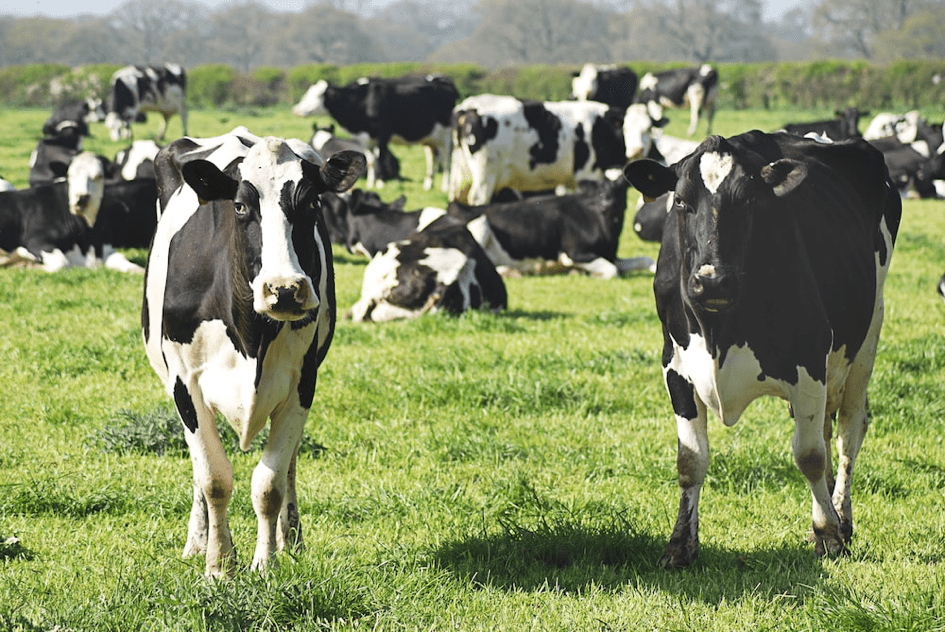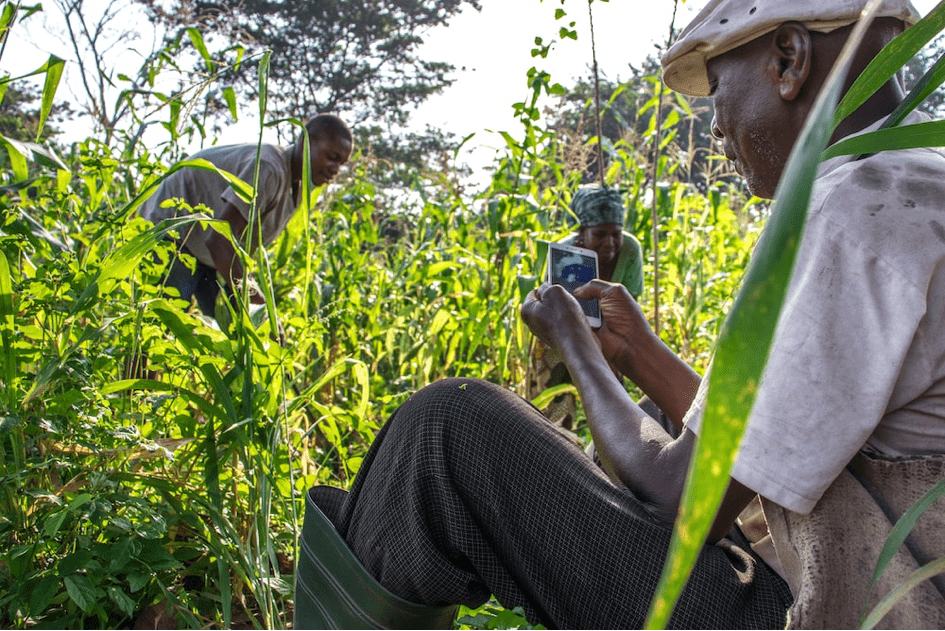The reputation of genetically modified organisms (GMOs) is improving due to progress in the concept of food sovereignty, climate change, and the desire to limit the use of chemical inputs. The post-COVID period has reignited the debate about their drawbacks and benefits, forcing countries to make decisions about their use and regulation. On October 3rd, the European Commission issued recommendations for the creation of a monitoring protocol regarding risks related to genetic modifications, genomic techniques, genetic editing, and synthetic biology. The relevant countries must conduct evaluations in partnership with the private sector to ensure that the initial intentions, including agricultural production, industrial use, or health innovation, are maintained without these technologies being misused. These assessments, focusing on the nature and level of risk, should be submitted by the end of 2023 and will contribute to discussions on the regulatory framework for these biotechnologies.
The organism is considered as an animal, plant, or bacterium. Humans modify their genetic material by removing, adding, or altering certain genes to influence their characteristics. The European definition describes GMOs as organisms whose genetic material has been modified other than through natural means (multiplication or recombination). The European directive (2001/18/EC) excludes humans from this technology.
Initially, scientists used two genetic modification techniques:
- Transgenesis: the introduction of a gene from another species into the organism’s genome, like the MON810 corn, authorized in Europe, which received the Bacillus thuringiensis gene for its ability to produce an insecticidal molecule.
- Crossbreeding: the introduction of a gene from a parent species.
Advancements in genetic engineering now enable scientists to target modifications within the receptor gene and modulate its expression. These technological advances, called New Breeding Techniques (NBT), take various forms, including:
- Directed mutagenesis: inducing a targeted mutation in a specific part of the genome using “genetic scissors” (CRISPR-Cas9).
- Agroinfiltration: applying beneficial bacteria to target cells to develop specific traits.

Non-Agricultural Applications of GMOs
In addition to their agricultural uses, genetically modified organisms also find applications in other fields:
- Fundamental research and understanding biological mechanisms, particularly through the creation of genetically modified laboratory animals for experimenting with human mechanisms. The European Union has recorded over 2.5 million animals, such as rats, rabbits, goats, cows, used for this purpose.
- Manufacturing specific molecules for the industry, such as degradable plastics, pulp for paper, textiles, and other products.
- Producing GMOs for the health sector, like proteins such as insulin produced from modified Escherichia coli bacteria or growth hormones, or even micro-GMOs included in the composition of recombinant adenovirus vaccines (AstraZeneca, Johnson & Johnson).
- Creating ornamental plants or modified fish for aquariums.
- Developing transgenic species, such as anti-vector mosquitoes released in Brazil and the United States to combat various diseases.
- Energy production: transgenic rapeseed is used for biofuel production.
Globally, genetically modified crops cover nearly 200 million cultivated hectares, according to the International Service for the Acquisition of Agri-biotech Applications (ISAAA). The largest producers are in North and South America, and almost all of these genetically modified crop areas involve the production of soybeans, corn, canola, alfalfa, or sugar beets.
In Europe, only the MON810 corn is authorized and cultivated in Spain and Portugal. Its cultivated area represents less than 1% of European land. However, the European Union allows the importation of modified varieties for animal feed.
The expected properties are primarily herbicide tolerance (HT) and pest resistance through the introduction of a Bacillus thuringiensis (Bt) trait. While these properties support productivity, they also lead to intensified use of chemical inputs.
In France, the Ministry of Agriculture provides its catalog of authorized varieties, and any new variety included in the national catalog must be notified to European authorities for inclusion in the dedicated catalog.




